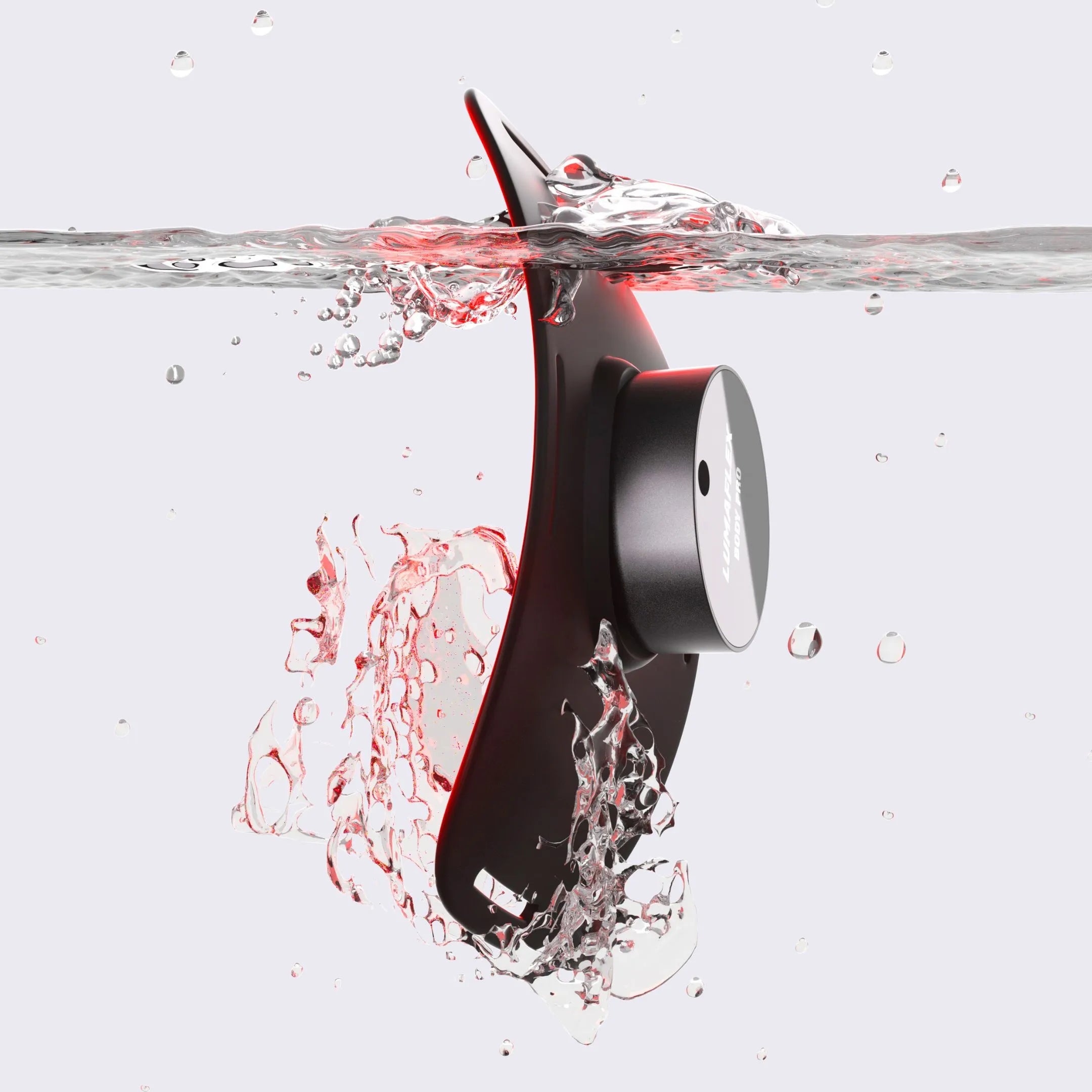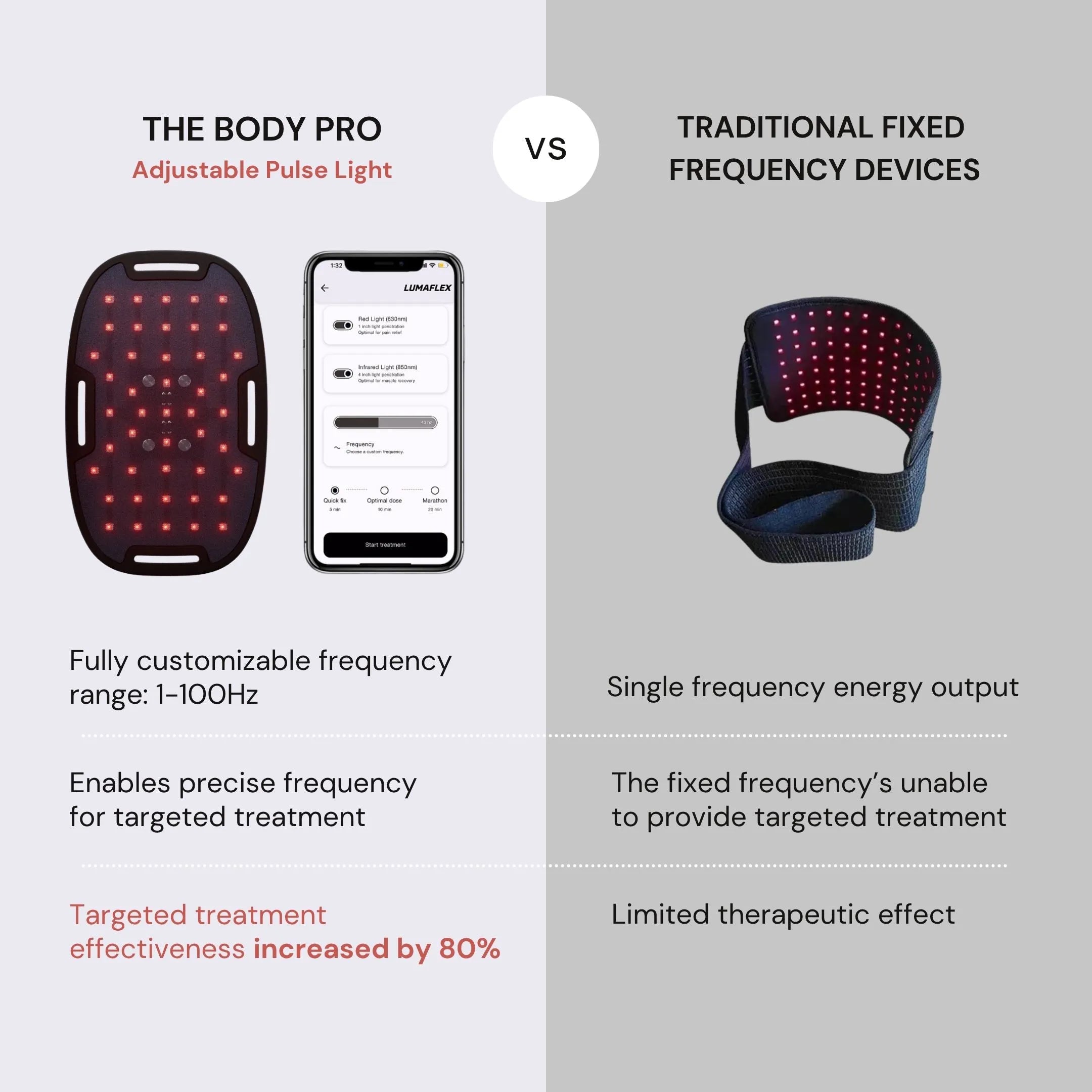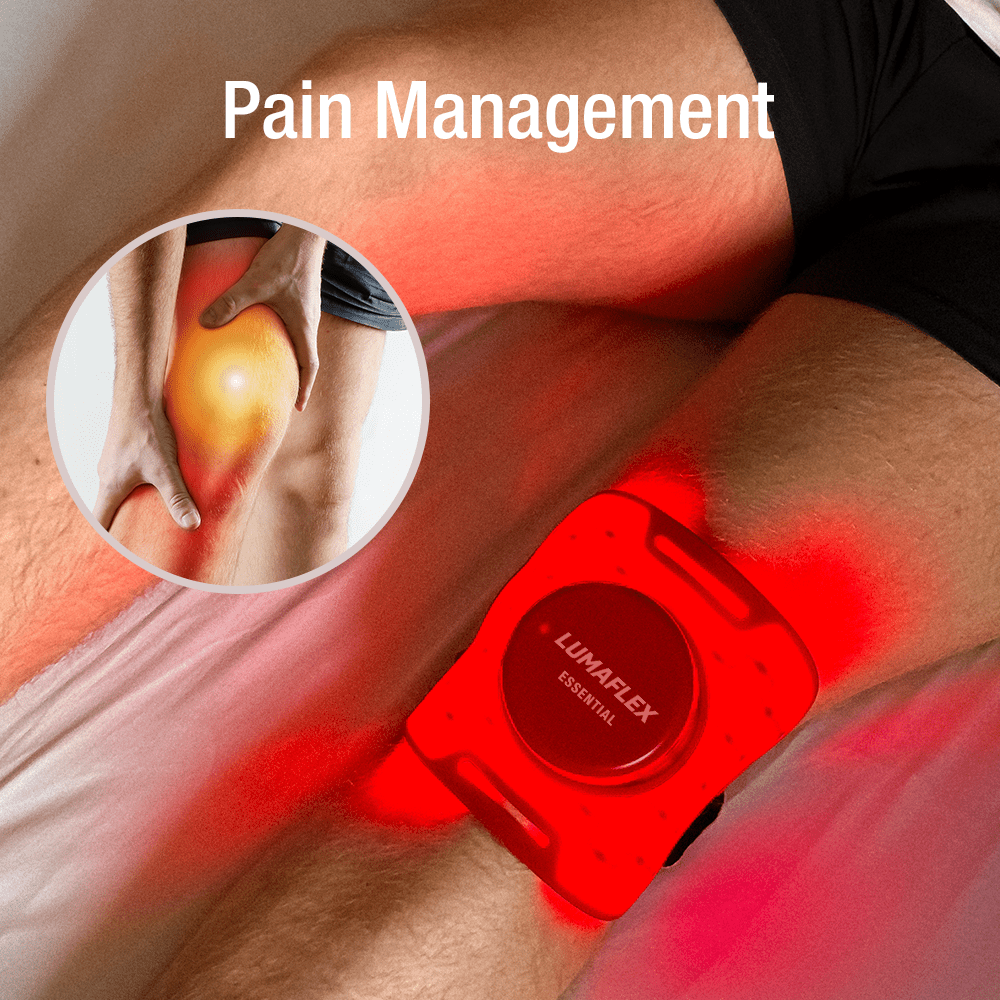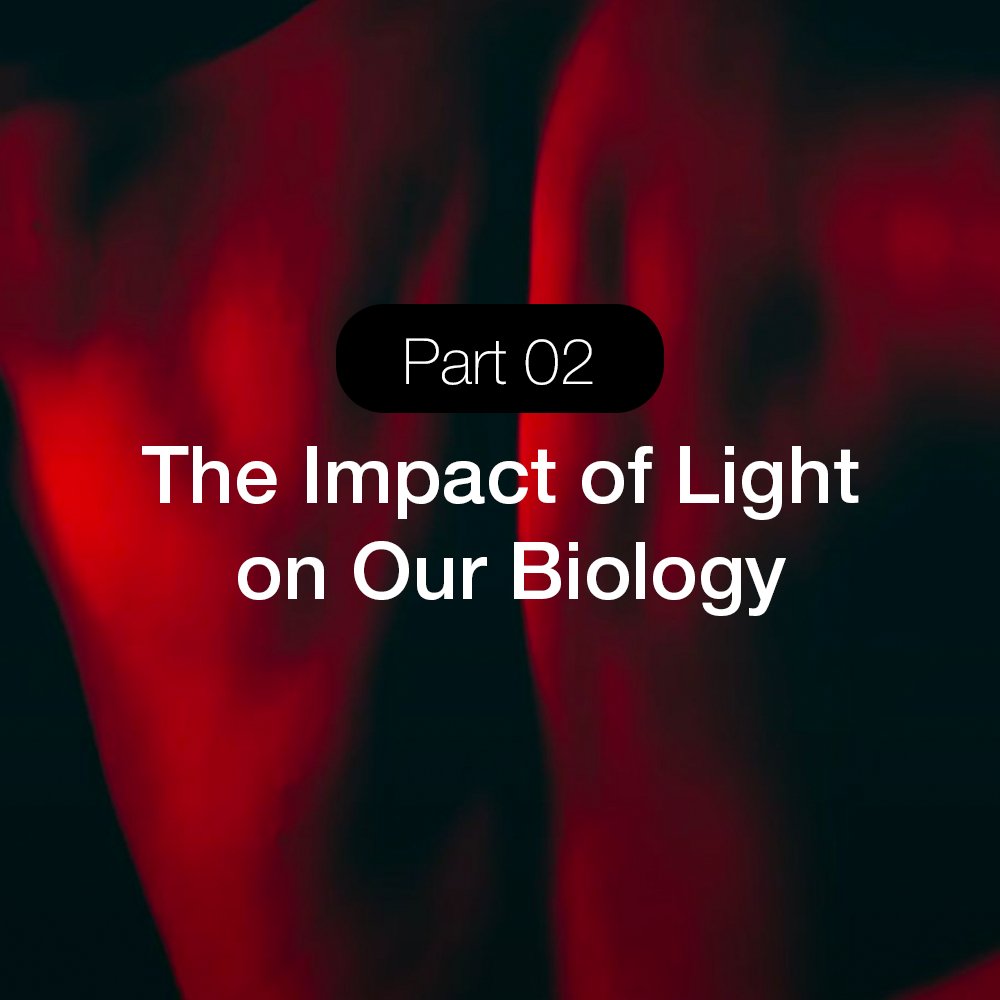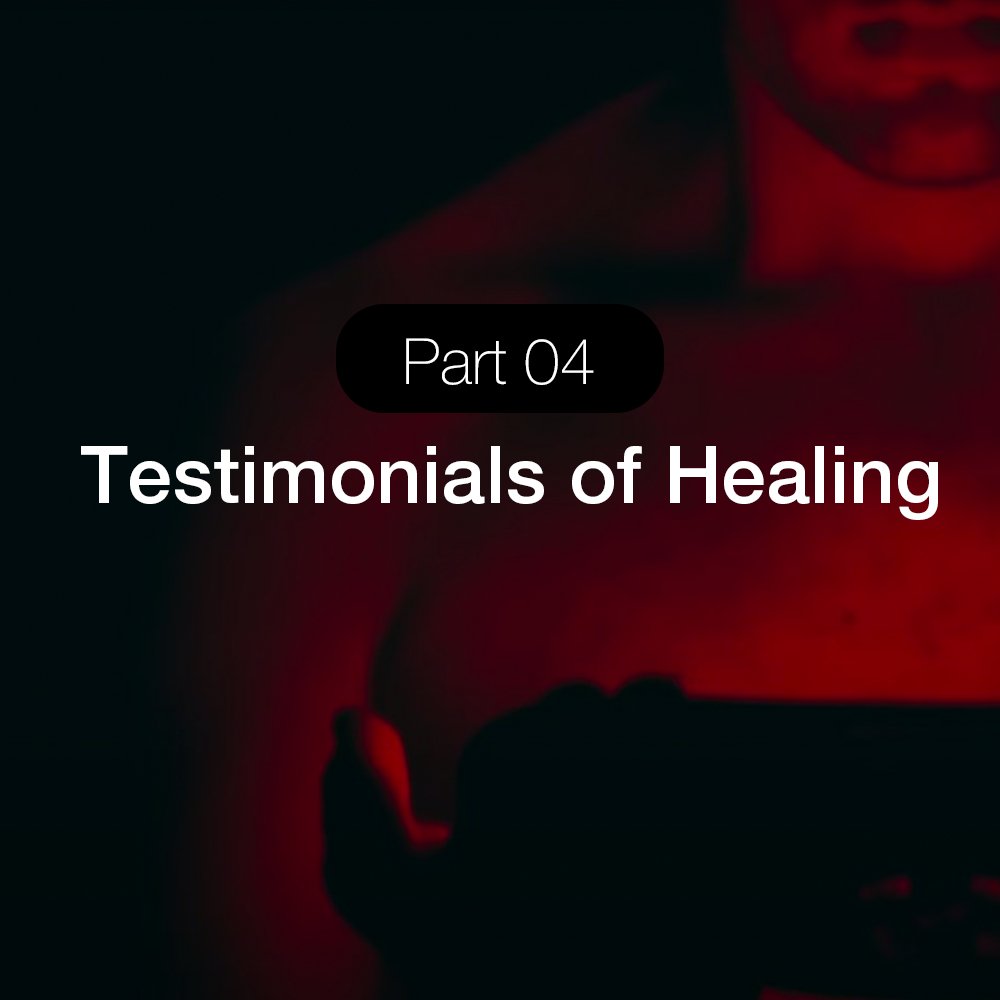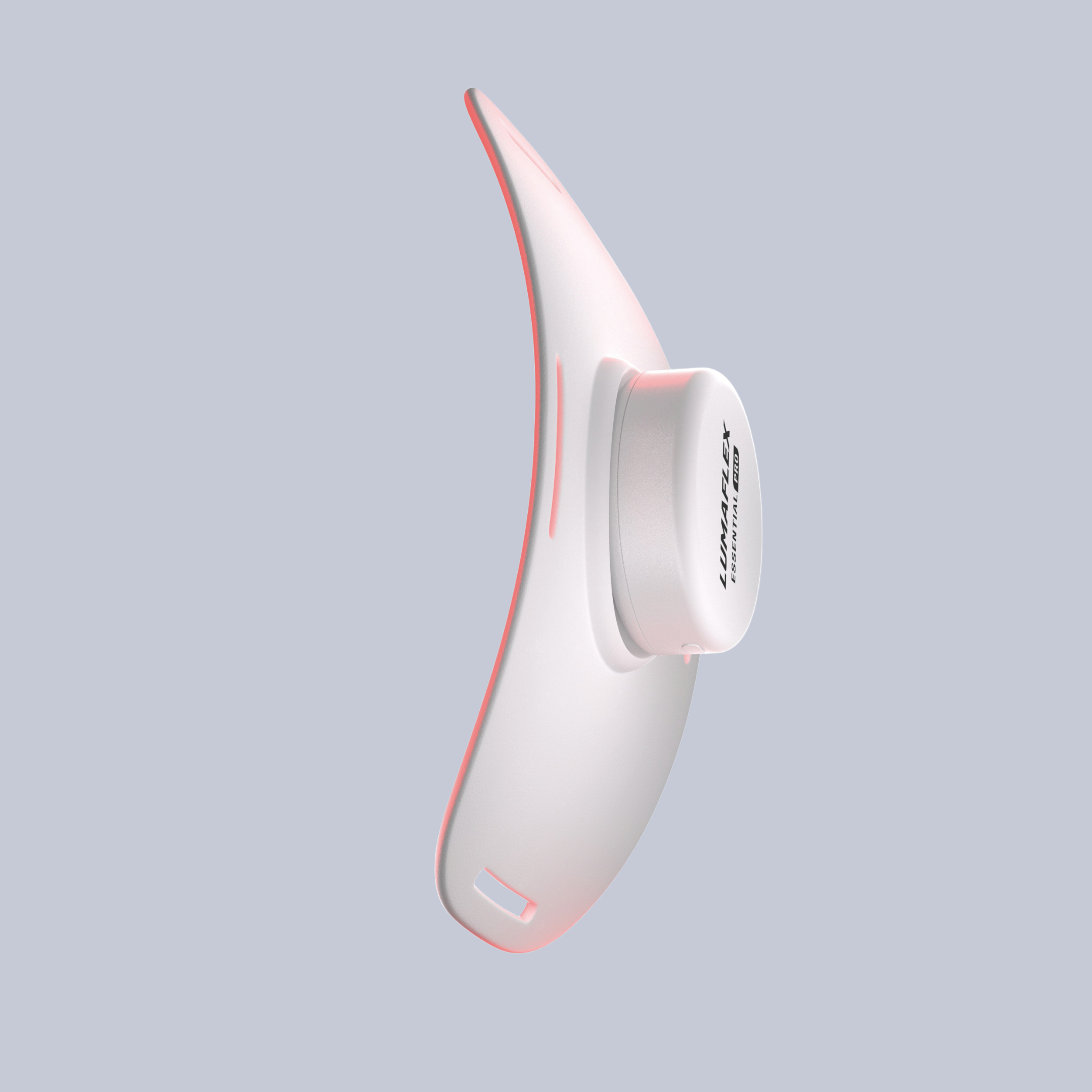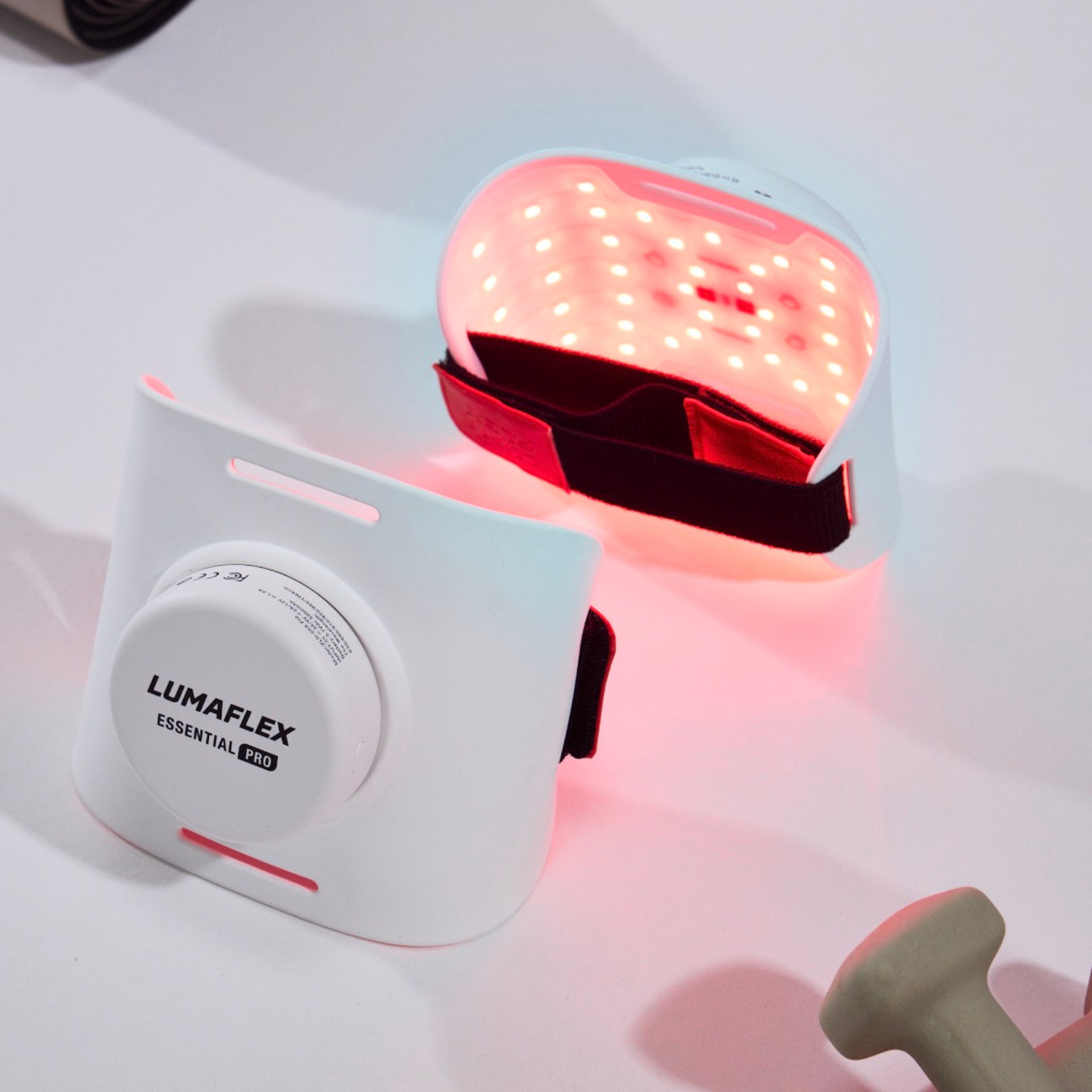Breathe Better: The Benefits of Red Light Therapy for Lung Conditions
Breathe Better: The Benefits of Red Light Therapy for Lung Conditions
Red Light therapy has recently gained momentum in finding effective complementary therapies for managing respiratory health. Emerging solutions include red light therapy, a non-invasive treatment that uses specific light wavelengths for healing and inflammation reduction. Mostly linked to skin rejuvenation, recent studies have uncovered its potential benefits for lung conditions and respiratory health. This article will explain how red light therapy improves lung health, its benefits, and highlight Lumaflex.
Table of content
What is Red Light Therapy?

Red light therapy (RLT) is a phototherapy using low-level red light from 600 to 650 nanometers. This light penetrates the skin and stimulates cellular functions in tissues. RLT is based on photobiomodulation, where light energy is absorbed by mitochondrial cells. This absorbed light increases ATP (adenosine triphosphate) production, boosting cell energy levels. It also reduces inflammation and helps regenerate damaged tissues.
RLT has various uses, from cosmetic treatment to muscle recovery and pain relief. What is most exciting is a newly emerging application: it concerns respiratory health. The more scientists understand what light does to biological tissue, the more they recognize the potential RLT brings to people suffering from lung conditions and other respiratory illnesses.
The Connection Between Red Light Therapy and Lung Health
The respiratory system comprises more than just the lungs; it also encompasses the airways, blood vessels, and surrounding tissues. Lung conditions can develop from inflammation, infection, or chronic diseases, including asthma, COPD, and pneumonia. The use of red light therapy for the lungs has been proven to handle the various aspects of the condition through the following:
Red Light Therapy Reduces Inflammation
Inflammation is responsible for the narrowing of airways, increased mucin secretion, and disorderly gas exchange in most lung diseases. Red light therapy for the lungs could influence this inflammatory process by lowering the content of inflammatory cytokines, promoting cellular repair, and improving blood circulation.
A study published in Current Allergy and Asthma Reports found a significant reduction in pro-inflammatory substances more commonly elevated in conditions like asthma and COPD. Thus, due to reduced inflammation, RLT may help relieve symptoms and improve lung functions and overall respiratory status.
Red Light Therapy Promotes Cellular Repair
Over the years, exposure to many environmental pollutants, allergens, and germs damages lung cells. Red light therapy for the lungs helps repair these cells by improving their proper functioning and increasing the critical protein collagen to support tissues.
Studies have shown that RLT can assist in repairing damaged bronchial tissues, aiding in faster recovery after lung injuries or surgeries. Faster healing may also help individuals recover from lung infections or surgeries for lung conditions.
Red Light Therapy Improves Mucociliary Clearance
Our lungs have a thin coating of mucus that entraps invading pathogens and particulates in the atmosphere for expulsion, usually by coughing or simply as part of normal lung functions. A process termed mucociliary clearance may become impaired due to diseases like chronic pulmonary disorders. RLT has been shown to improve this process by helping cilia work better, allowing the lungs to remove mucus more efficiently.
In a study of patients with COPD, researchers found that RLT helped maintain mucociliary function and kept epithelial cells hydrated. This is an additional way of managing symptoms and maintaining pulmonary health.
Red Light Therapy Enhances Oxygenation
Conditions affecting lung function can significantly decrease oxygen delivery to tissues in the body. RLT for lung has been correlated with enhanced oxygen utilization at the cellular level. It means that even if one has impaired lung function, the cells may still use available oxygen more efficiently.
Another possible effect of RLT is stimulating the release of nitric oxide. This gas promotes vasodilation and increases blood flow. Increased blood flow leads to better oxygen transport around the body, enhancing respiratory function and general vitality.
Applications of Red Light Therapy for Specific Lung Conditions

Red light therapy offer promising benefits for for lung conditions. In the following pages, more specific conditions will be approached in detail and how these may benefit from RLT:
Red Light Therapy for Asthma
Asthma is a chronic lung disorder characterized by symptoms such as wheezing, breathlessness, chest tightness, and cough. Inflammation of the airways occurs significantly in the development of asthma. Red light therapy for the lungs can have anti-inflammatory effects that would benefit patients by easing airway hyperreactivity and decreasing the frequency of asthma attacks.
Moreover, RLT may improve bronchodilation and how airways expand to make breathing easier. More research is still needed, but initial studies in asthma management with RLT seem promising.
Red Light Therapy for Chronic Obstructive Pulmonary Disease (COPD)
Chronic Obstructive Pulmonary Disease (COPD) is an advancing pulmonary disease that incorporates emphysema and chronic bronchitis. It characterizes airflow obstruction and various respiratory symptoms. Red light therapy may be beneficial for lungs since it can reduce inflammation and increase mucus elimination.
In addition, studies have also shown that patients with COPD who underwent RLT reported reductions in symptoms like dyspnea and improved quality of life. Therefore, it may be used as an adjunct therapy in the management of COPD.
Red Light Therapy for Pulmonary Fibrosis
Pulmonary fibrosis is a severe lung disease in which scar tissue forms in the lungs, making breathing increasingly difficult. New studies suggest that red light therapy for lungs might be used to delay fibrosis progression by inducing cellular repair and anti-inflammatory processes responsible for tissue scarring.
Although more research is still required, RLT's anti-fibrotic potential is an exciting avenue for further treatment approaches for pulmonary fibrosis.
Red Light Therapy for After-Surgery Recovery
Patients undergoing lobectomy or lung transplantation face a long period of recovery, and a complication that may be encountered is inflammation or infection. RLT could enable faster recovery by improving wound healing, reducing inflammation, and increasing the overall strength of lung tissues following surgery.
Evidence has been shown that patients who had post-operative use of RLT showed reduced healing time and improved lung function in surgical patients.
Lumaflex: Your Gateway to Red Light Therapy
Lumaflex is the latest device for effective red light therapy at home. It aims to assist various people with user-friendly access to the RLT's potential health benefits, especially concerning respiratory health.
By targeting specific application areas, Lumaflex delivers concentrated wavelengths precisely where they are needed for the therapeutic benefits of red light. This not only brings the benefits of RLT directly to users but also makes its integration into a daily routine extremely easy.
Lumaflex can be a handy tool for patients with lung conditions like asthma, COPD, or pulmonary fibrosis. It is non-invasive, so patients can comfortably add this therapy without constant clinic visits. Remember to consult your doctor before starting with red light therapy.
Conclusion
More evidence is growing regarding the red light therapy being applied as an adjunctive therapy in several lung diseases. Benefits from Red light therapy for lungs include a decrease in inflammation, improvement of cellular repair, promotion of mucociliary clearance, and increase in oxygenation. Asthma, COPD, pulmonary fibrosis, and recovery from surgical interventions are just a few areas where the option appears quite interesting.
As research unfolds further and with devices like Lumaflex, RLT can become increasingly more accessible. Thus, the horizon could shine brighter for those with lung conditions. In these instances, applying newer treatments such as red light therapy into conventional care strategies makes it possible to improve the treatment pathway toward better lung health and quality of life in general. Any new therapy for a chronic condition must consult a health professional before use. Standard therapies combined with innovative techniques such as RLT can enable individuals to walk toward better breathing and a healthier future.
Experience the power of red light therapy today!





